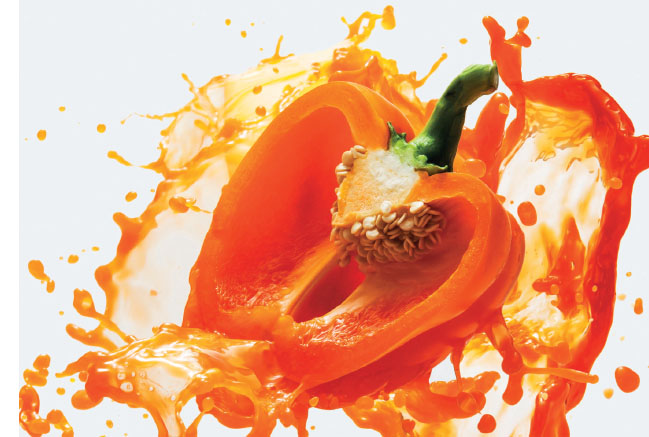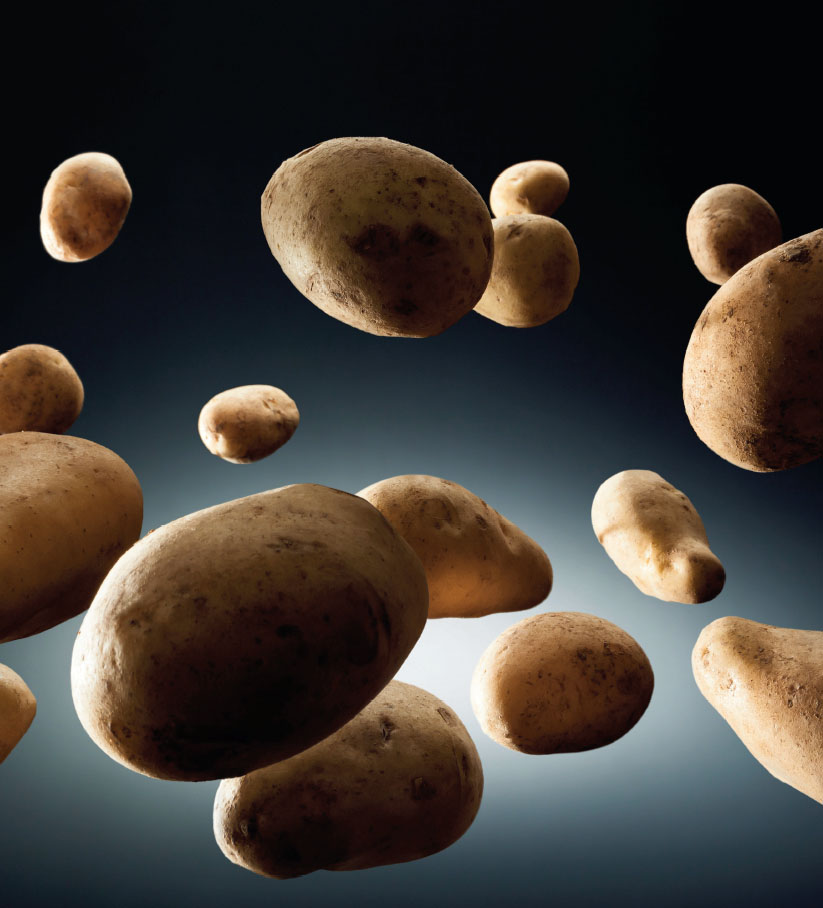Willpower is overrated. According to three decades’ worth of research, by relying on grit and determination to eat a healthier diet, you’re setting yourself up for a fall – not just ploughing through finite resources that you could use better on something else, but dooming yourself to an eventual crash that ends with you sitting amid piles of Fondant Fancy wrappers, blood sugar levels through the ceiling.
Mercifully, though, there’s a better way. By putting systems in place to check your hunger before it starts, you’ll eat better effortlessly, leaving your willpower intact for your workout. Here’s how it’s done.

01 KEEP WATER NEARBY
“Keep a glass or bottle of water within reach in the office or when watching TV,” says food psychologist Brian Wansink, author of Slim By Design: Mindless Eating Solutions For Everyday Life. The logic – you’re more likely to grab things within arm’s reach – works in reverse, so ensure sugar-heavy foods require a trip to the kitchen.

02 THINK LINE-OF-SIGHT
“In a study, we asked people to move all their fruits and vegetables onto the top shelf of their fridge and less healthy foods down into the crisper,” says Wansink. “After one week, they reported eating nearly three times as much fruit and veg as they had the week before.”
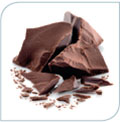
03 SLOW YOUR SNACKING
In a 2013 study published in the journal Food Quality And Preference, volunteers who ate bite-sized portions of chocolate and crisps were just as satisfied 15 minutes later as ones who ate four times as much. All your brain remembers is the snack: if you can distract yourself until the craving goes, you’re safe
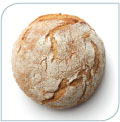
04 TREAT BREAD LIKE A GUN
Translation: going pre-sliced is like keeping it loaded. By buying a loaf that needs to be cut – a crusty sourdough, let’s say – you’re putting up a barrier to that next round of toast, and making it less likely that you’ll fire endless sandwiches into your gob. For next-level snack control, keep it in the freezer and defrost one or two slices at a time.
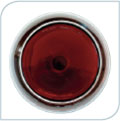
05 SET UP SOME CUES
Psychologist Peter Gollwitzer recommends “if > then” thinking, explaining that it overrides your easily-influenced brain with preprogrammed responses. “If I go to the pub, then I’ll drink red wine” is a good example. The trick? Plan your routines ahead of time, while you aren’t short on willpower.
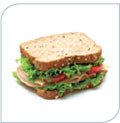
06 CHANGE YOUR ROUTINE
Eating a triangular sandwich at your desk again? A study by Duke University in the US found that 45% of habits are repeated in the same location, cued by routines. Aim to eat a sit-down meal outside the workplace at least a couple of days a week – or even just turn left not right when you leave at lunch to break the subconscious spell.

07 BE MORE INCLUSIVE
Researchers from Utrecht University term it “behavioural ironic rebound”: try to avoid bad foods, and you’re doomed to failure. Instead, focus on eating more good ones. Chug water before you head to the Coke machine, say, or have a banana before you buy a Kit Kat. Gradually, the good stuff will push the bad out of your life.
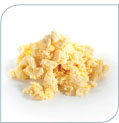
08 USE MICRO- INCREMENTS
Planning to put together a 13-ingredient mega-salad every night? Doesn’t sound likely, does it? Instead, build the cookery custom with what behavioural expert BJ Fogg calls “micro-habits”. Start by just putting a pan on the stove every night, and then whip up something as simple as possible, like scrambled eggs. Take it from there.

09 ‘NOT NOW, BUT LATER’
It’s your new favourite phrase. When cravings hit, use what scientists call a “postponement strategy” to avoid the worst of it, by promising yourself a pint/pizza/slice of apple pie at some unspecified future date. Chances are, once you’re better-fed and hydrated, that future time will never come.

10 SAY ‘DON’T’, NOT ‘CAN’T’
Nobody wants to be the man making sad eyes at the cake trolley. Rather than telling yourself or others that you “can’t” have a slab of Victoria sponge, say you “don’t” eat cake (or, for less finality, that it’s not something you’re doing right now). You’ll reframe yourself in your own mind as a more disciplined, less temptable person.
